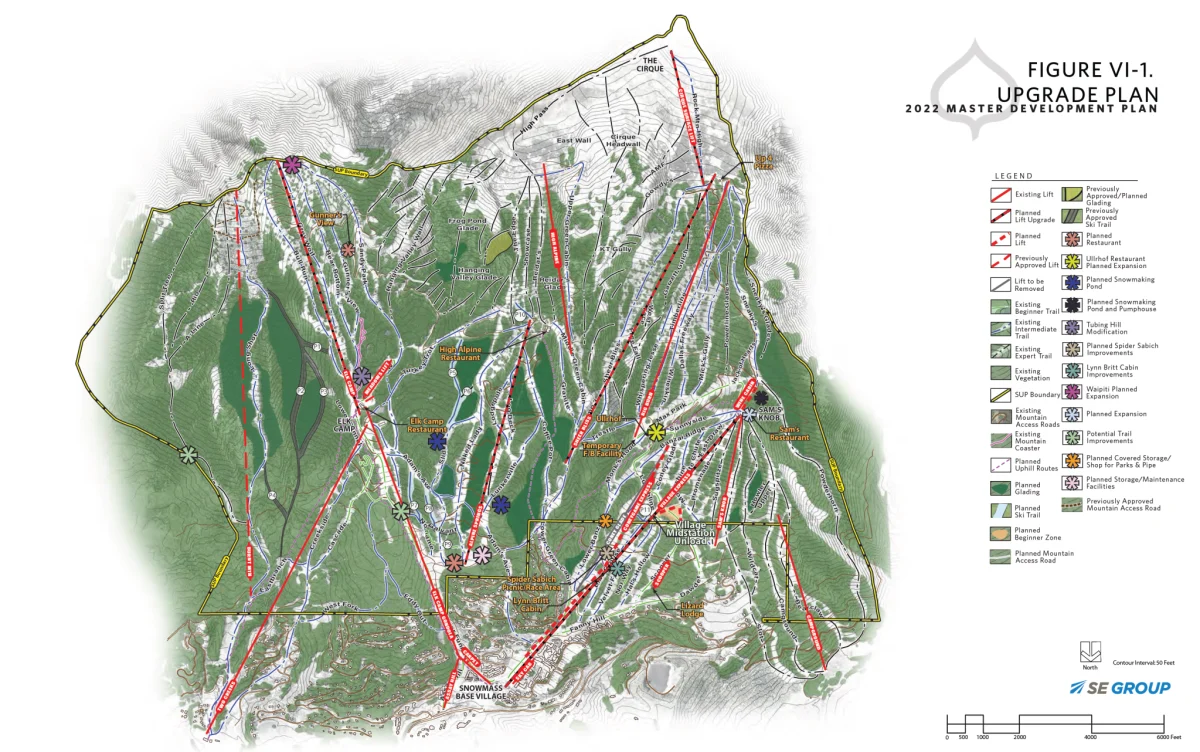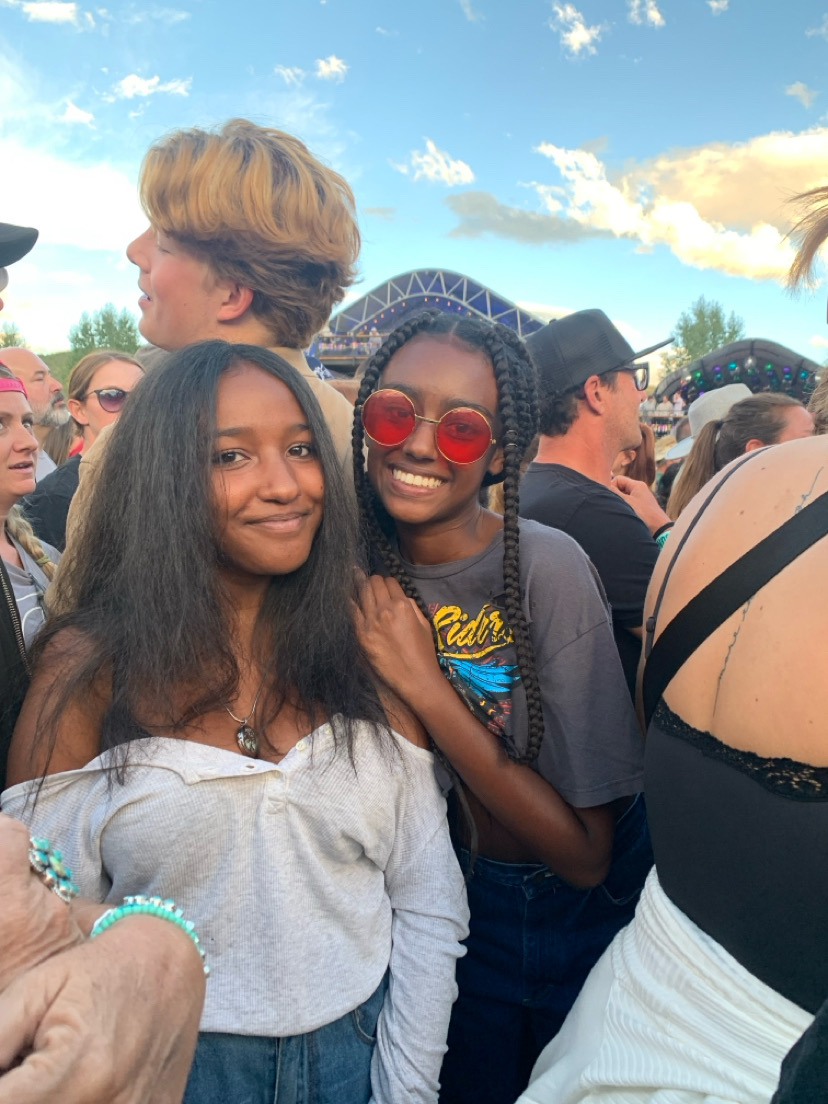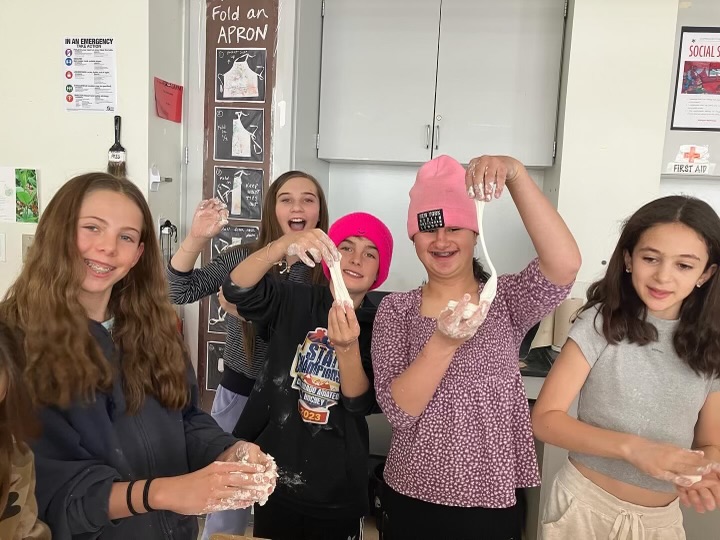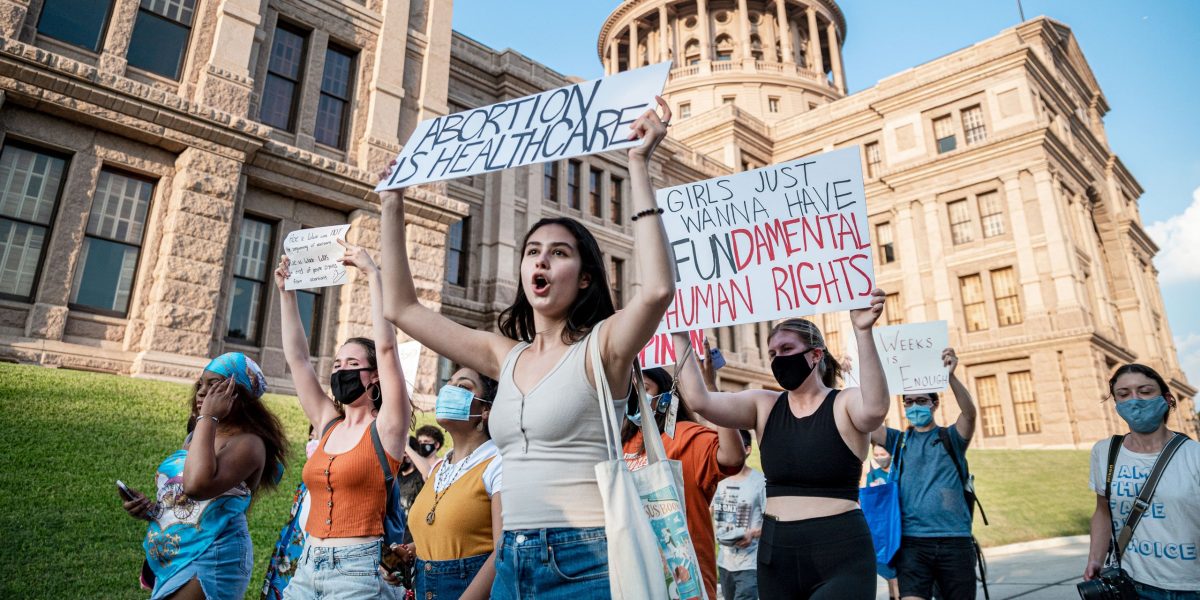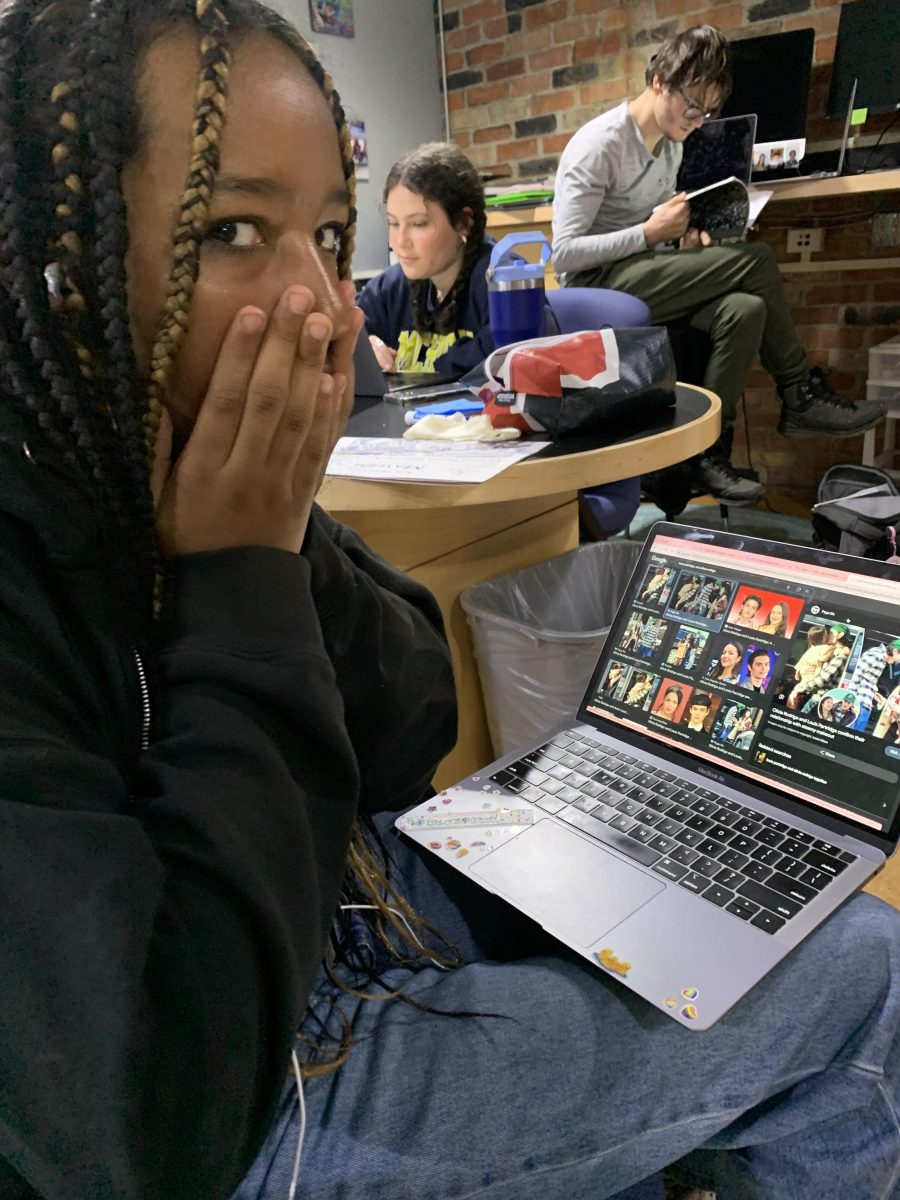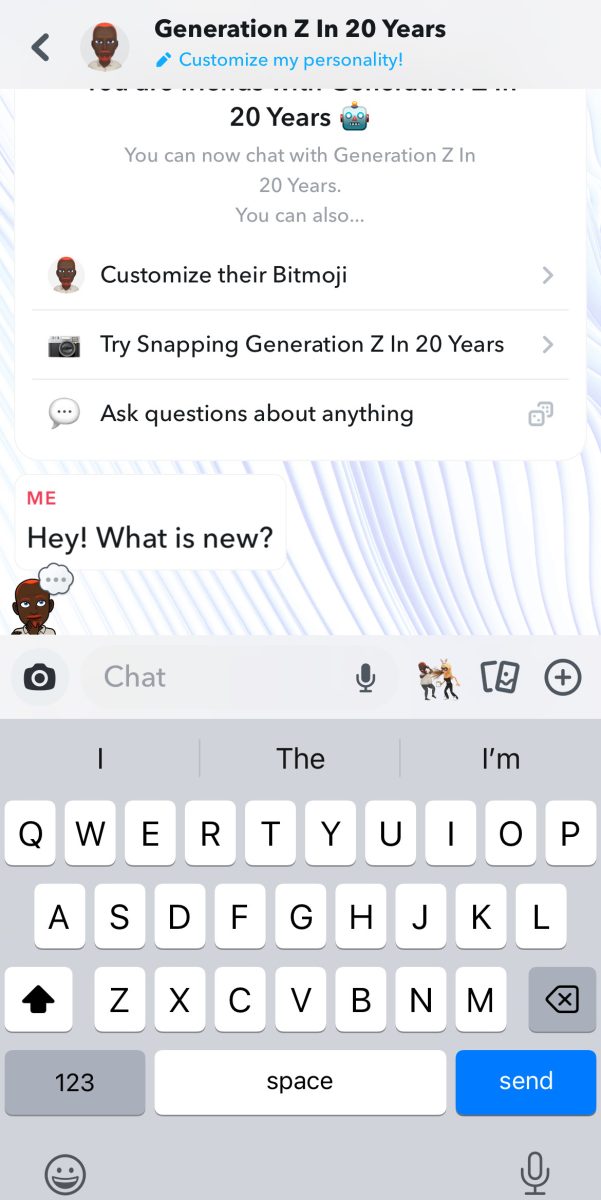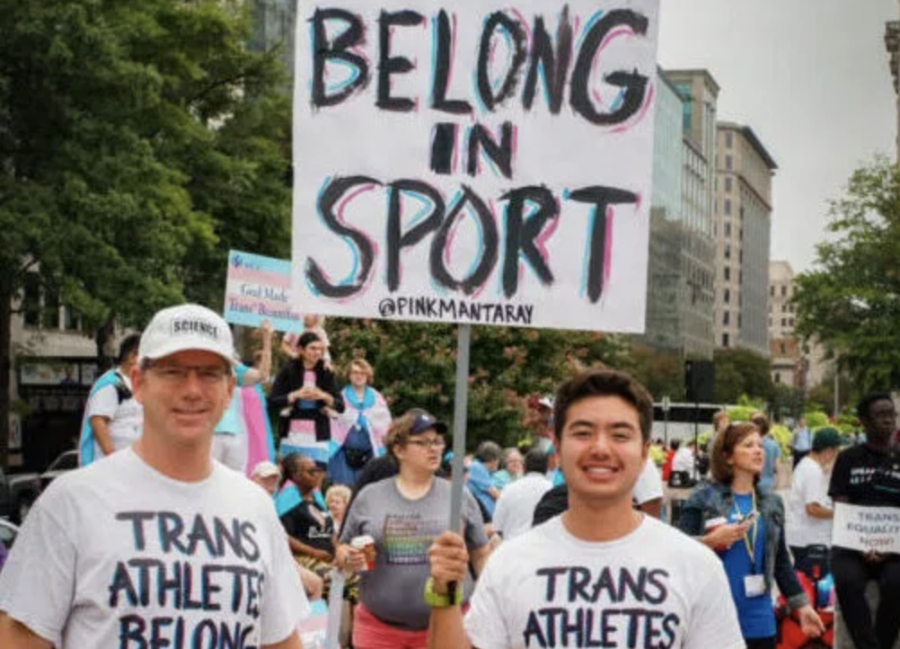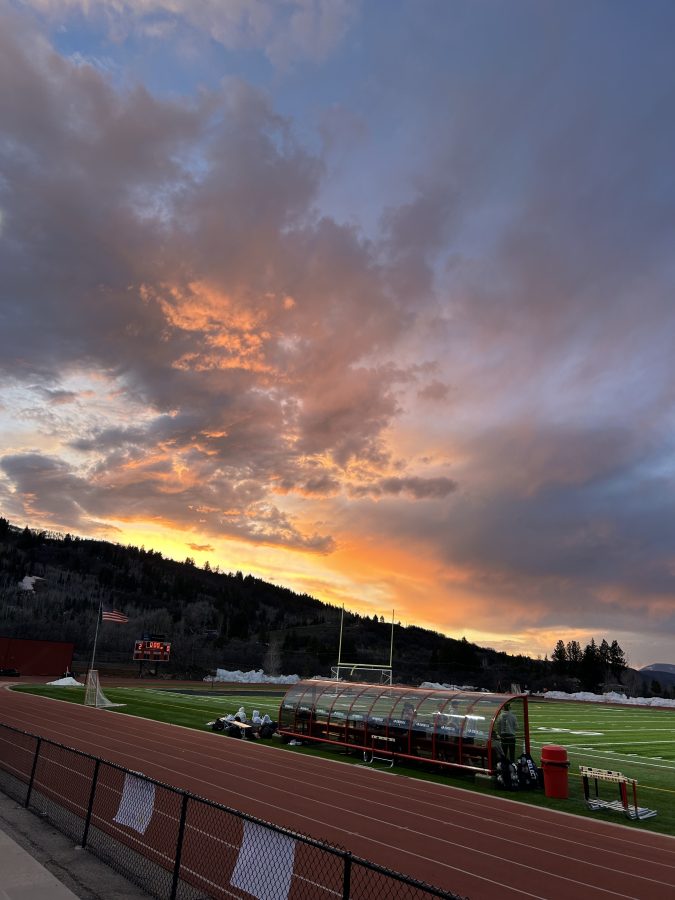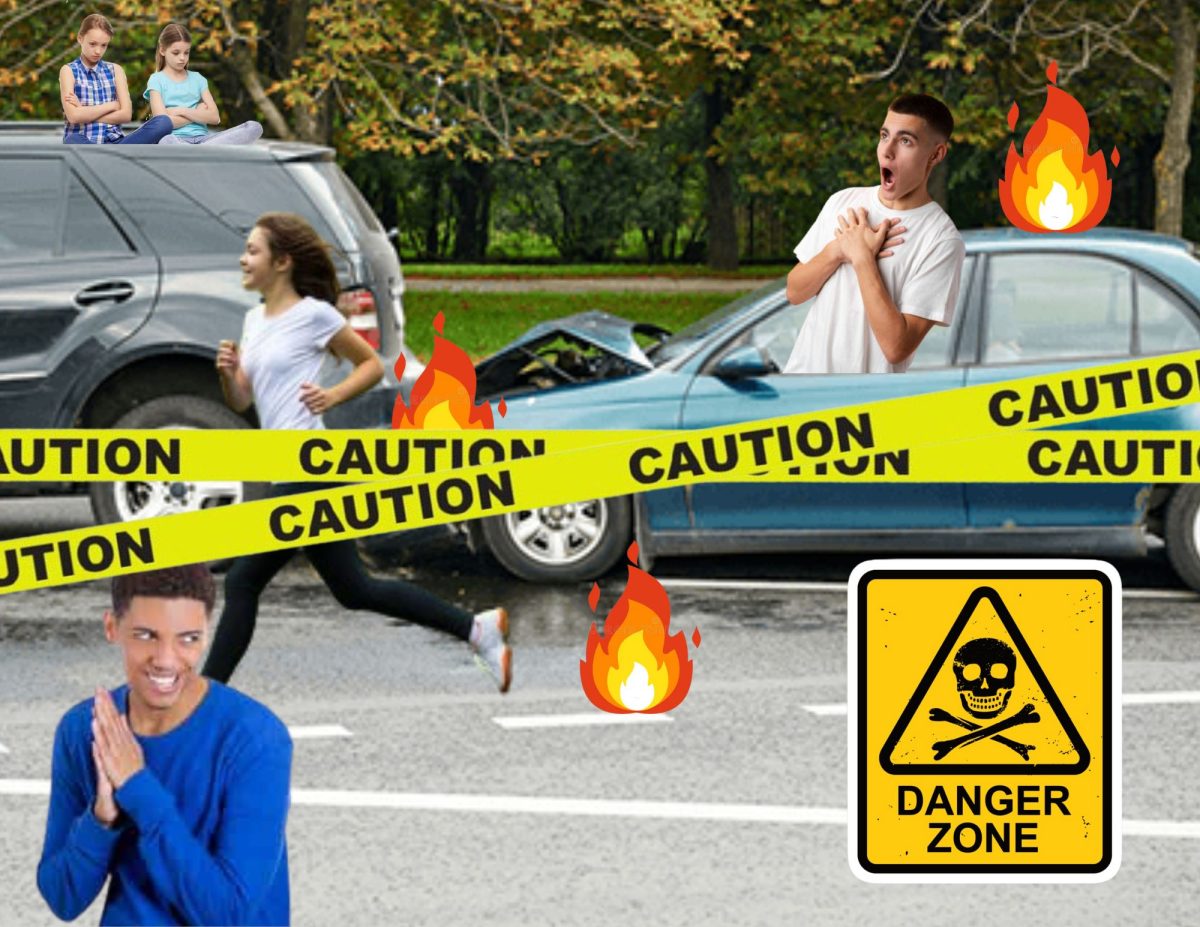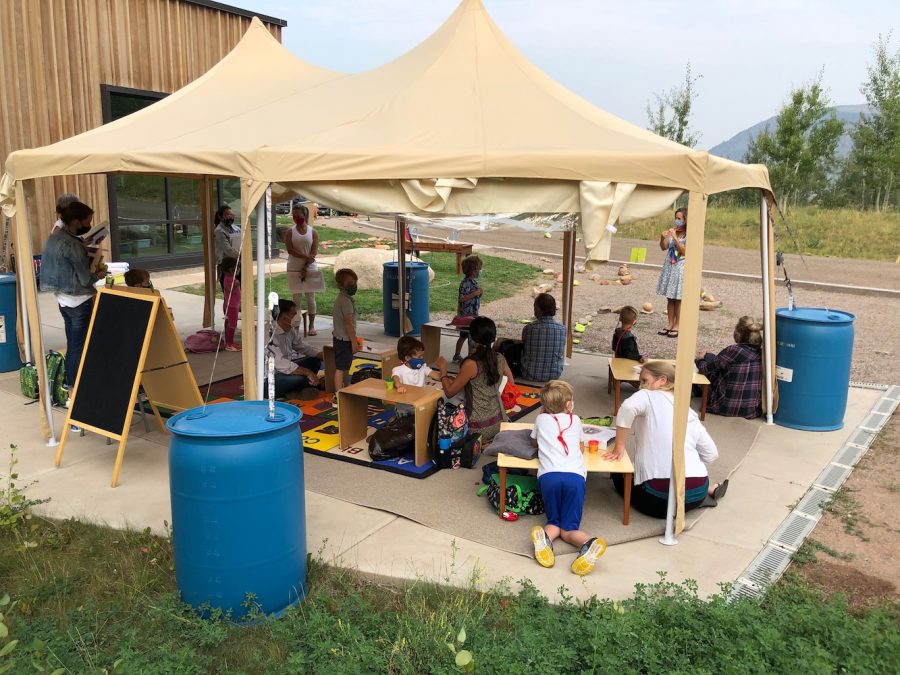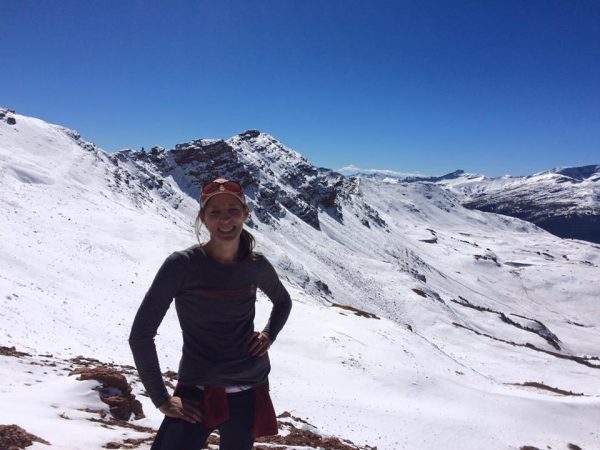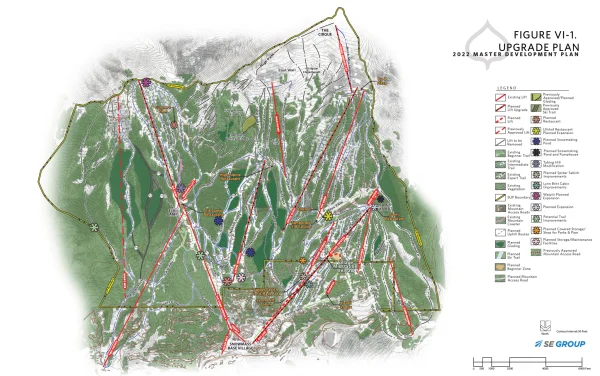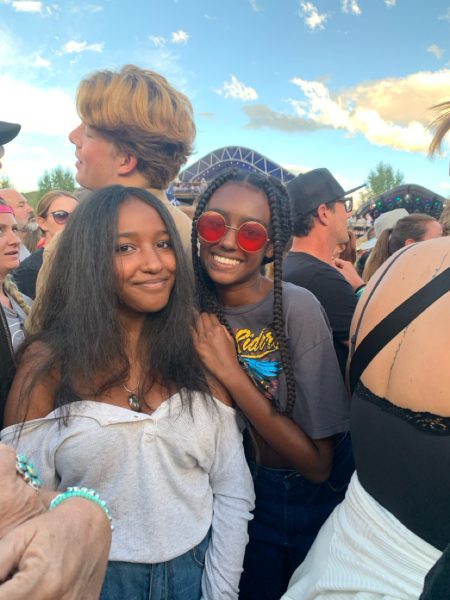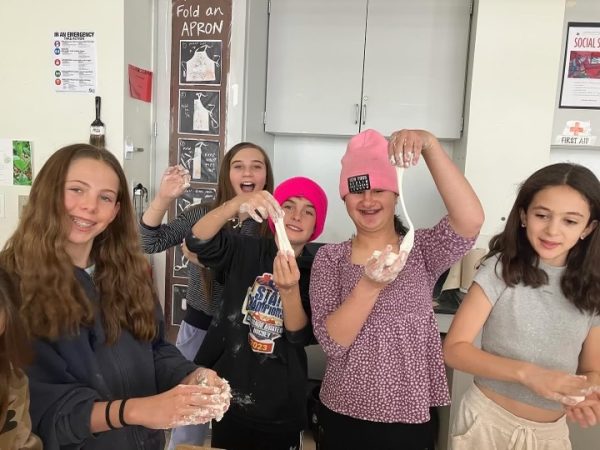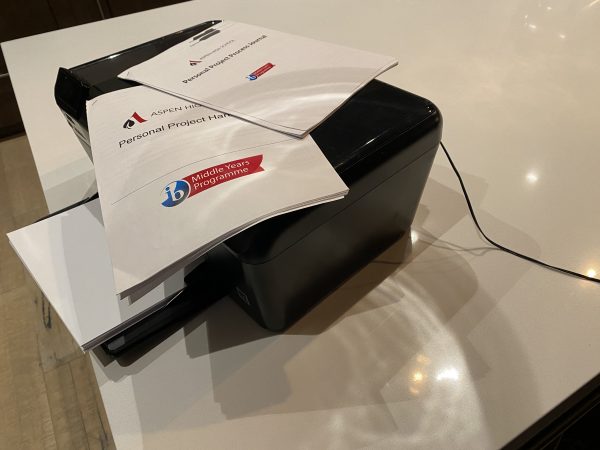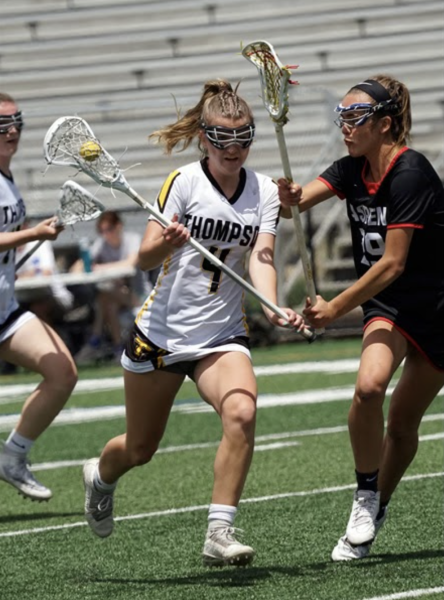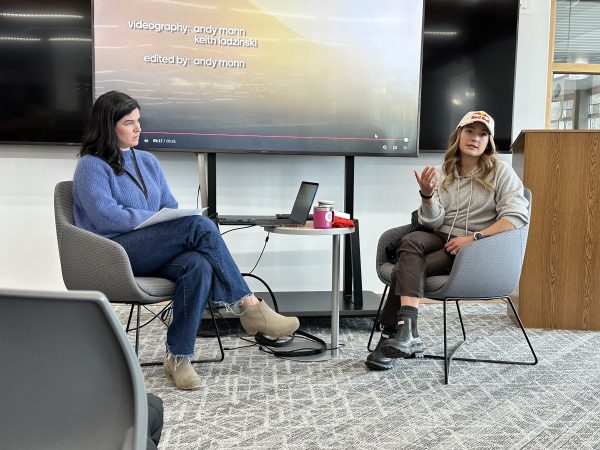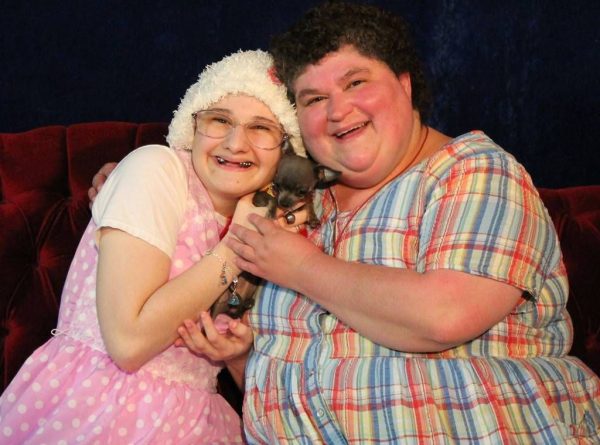Hybrid learning, a success at AES and ACS
Photo courtesy of Casey White
Students at Aspen Community School learning outside on campus as part of the Hybrid Learning Model that has been implemented at ACS and AES.
The Aspen Elementary School and Community School implemented the Hybrid Learning Model at the beginning of the school year, and the experience has been positive, according to teachers, students, and school leaders.
The Hybrid Learning Model at both schools, which includes in-person instruction in classrooms as well as remote learning at home, employs a cohort system where students are in small groups in classrooms and ride buses in these cohorts, and utilizes campus space and outdoor areas to allow students to be far apart. The plan allows students to experience the benefits of in-person education while learning in a safe environment.
Michael Hayes, the executive director of Compass, the non-profit which runs the Aspen and Carbondale Community Schools, feels the process was important to the success of the model.
“The process was long and challenging, but also rewarding,” Hayes said.
The creation of the plan began in June with school leaders and included guidance from public health officials, as well as feedback from the Compass board, teachers, staff, students, and families.
“The way that we created our plan was based on values, and the most important value to us was that we decided to return to in-person learning to the greatest extent possible, given public health conditions and other changing information,” Hayes said.
Garry Pfaffmann, who is a teacher at ACS, feels that this model has allowed students to be engaged in conversations and learning and that strategies such as Jamboards or Breakout rooms are helpful in making meaningful connections with students who are at home.
“In that way, I’m trying to bridge the gap between kids who are at home, along with the kids here at school, just so that it is not two separate groups that never interact,” Pfaffmann said.
Pfaffmann also feels that smaller class size has allowed students to feel connected.
“Being in a classroom is really great. The kids get plenty of attention, and the learning that can happen at school on those days is fantastic,” Pfaffman said.
Watson Miller, a 7th-grade student at ACS, feels that in-person education is valuable to learning.
“I like being in school a lot better, because there are teachers there to help, and it’s more efficient than just online,” Miller said.
Chris Basten, the principal of AES, feels that the plan has been a positive experience so far, with new strategies like the first-ever student orientation week.
“I do know that there was a huge energy shift in our school when we were finally able to see our students and their families,” Basten said. “We’ve got very small cohorts of kids, who I think are really experiencing again that joy of being back in school, and I know our teachers are very excited to be doing in-person learning again with elementary students,” Basten said.
Basten added that teachers, staff, and the community have been especially important in creating and implementing the hybrid learning plan. Additionally, that although there have been many challenges because of COVID-19, it has also had some positive impacts.
“We’ve really kind of flexed or utilized this entire campus… It’s been really fun, the teachers love it, and the kids seem to really be enjoying it too,” Basten said. “So that’s it. And that was something that we’d hoped to do a couple of years ago at the building. We thought, you know, we live in one of the most beautiful locations in the world. We have this beautiful campus. Let’s see if we can utilize it, and unfortunately, it took a pandemic for us to start to realize that, but that part of it has been really fun.”
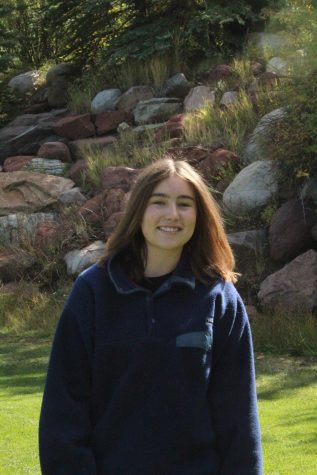
Harper Axelman is a senior at AHS and this is her third year writing for The Skier Scribbler. She enjoys spending time outside, skiing, and...



